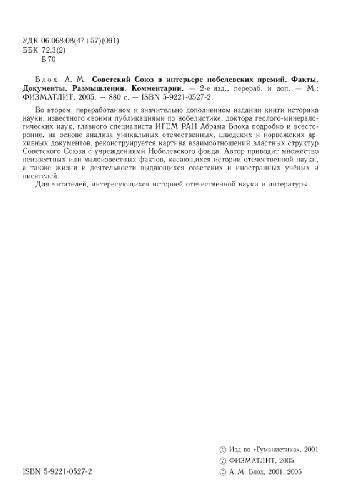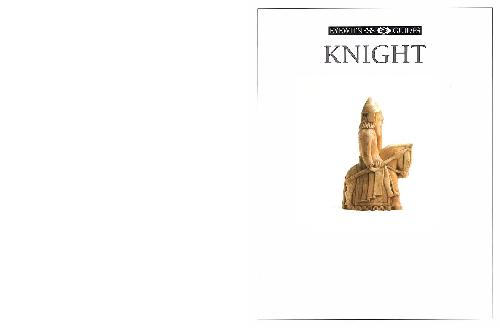Sarah Tarlow0521864194, 9780521864190
Table of contents :
Cover……Page 1
Half-title……Page 3
Title……Page 5
Copyright……Page 6
Dedication……Page 7
Contents……Page 9
Illustrations……Page 11
Preface……Page 13
One: Introduction……Page 15
Archaeological Scholarship of the Eighteenth and Nineteenth Centuries: Finding a Name……Page 16
Recent Repositioning……Page 17
Does it Matter?……Page 18
Building a New Later Historical Archaeology……Page 19
‘Marxism’ and its Limits in Later Historical Archaeology……Page 23
The Idea of Improvement……Page 24
Improvement and the Idea of Progress……Page 32
Genealogies of Improvement……Page 34
Why Such a Wide Focus?……Page 41
Why Such a Narrow Focus?……Page 42
But is it Archaeology?……Page 43
The Time Span……Page 44
The Layout and Organisation of this Book……Page 46
Two: Agricultural improvement……Page 48
Farming 1750-1850……Page 50
The Agricultural Revolution……Page 51
Enclosure……Page 56
Strategies of Improvement……Page 64
Draining Bogs……Page 65
Grubbing Up Furze and Fern……Page 67
Soil Improvement……Page 68
Consolidation of Land Tenure……Page 71
Field Drainage……Page 73
Cultivation and Machinery……Page 76
Stock……Page 78
New Buildings, New Settlements……Page 81
New Lanark……Page 85
Beauty and Utility……Page 88
Hafod……Page 89
‘Improving’ the Rural Landscape: The Highland Clearances……Page 92
Improvement?……Page 101
Four: Towns and civic improvement……Page 104
The Changing Town……Page 105
The Mechanisms of Urban Improvement……Page 106
Improvement and the Classical Style……Page 110
A Moral Urban Population……Page 113
Fiat Lux……Page 114
Clean Water……Page 115
Street Cleaning……Page 117
A Healthful Breeze……Page 121
The Suburban Cemetery……Page 126
Royal Leamington Spa……Page 129
Five: Improving the people……Page 138
Improving the People……Page 139
The Rural Workforce……Page 142
Poverty in the Town……Page 145
Institutions……Page 149
Workhouses……Page 151
The Architecture of the Workhouse……Page 156
Prisons……Page 162
The Principles of the Penitentiary……Page 165
The Buildings……Page 167
Mechanics’ Institutes……Page 170
Taking Stock……Page 174
Six: The right stuff……Page 177
Bleachworks……Page 179
Window Glass……Page 185
Manufacture……Page 186
Seeing in, Seeing out, Lighting up the Gloom……Page 190
Transfer-Printed Wares……Page 192
Rubbish Pits……Page 197
Points and Considerations……Page 204
Improvement is Ideological rather than Purely a Rational Response to Economic Circumstances……Page 205
Attempts to Effect Improvements are not Always Reducible to the Pursuit of Social or Political Advantage……Page 206
Belief in Improvement had a Complicated Relationship to Class and Geographical Identities……Page 207
Poor Communication has also Handicapped the Development of Critical and Three-Dimensional Ways of Telling the Past……Page 209
Questions and Ambiguities……Page 211
How can we Distinguish Between a Rejection of the Ethic of Improvement and a Rejection of any Particular ‘Improving’ Measure?……Page 212
To what Extent did the Labouring Classes Value Improvement as an Abstract Ideal? Was the Ethic of Improvement an Empowering Ideology or a Legitimatory Tool of Social Control?……Page 213
Finally……Page 215
References……Page 216
Index……Page 229







Reviews
There are no reviews yet.